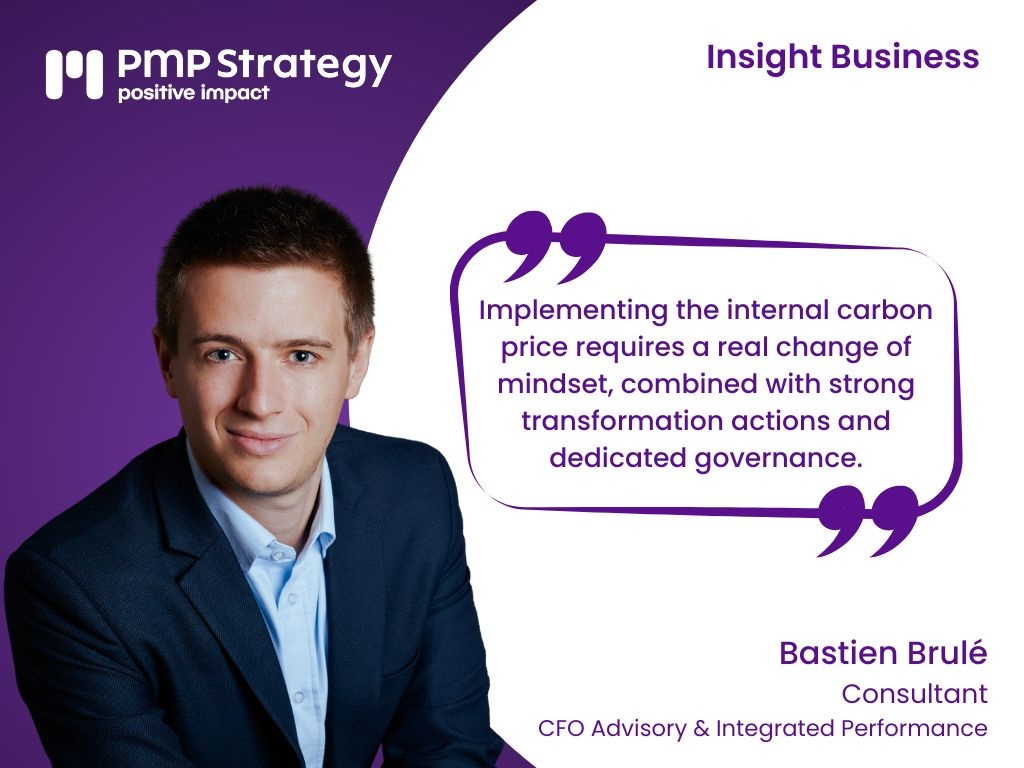The sustainability of urban infrastructure is at great risk. New strategic planning approaches are needed to engage communities and their stakeholders in the sustainability of their networks.
The maintenance deficit of urban networks is not sustainable
The dramatic accidents on rue de Trévise in Paris or rue d’Aubagne in Marseille, or the less visible increase in the average leakage rate of water networks (estimated at 20% by the FP2E in 2019), testify to the maintenance deficits of certain urban infrastructures in France and the risks that they pose to these vital infrastructures.
Our consulting work with infrastructure managers frequently leads us to observe this maintenance deficit, often materialized by a structurally undersized annual asset renewal rate. Thus, the average annual renewal rate that we have observed in water networks is close to 0.7% and in wastewater networks 0.4%.
This assumes that these assets would have respective lifespans of 140 and 240 years, which is probably double the reality, as indicated by the FP2E during the 2019 Water Conferences, proposing to double the renewal rates of networks.
Asset risk analysis in the blind spot
This maintenance deficit is also due to insufficient modeling of asset risks in planning methods, a consequence of budgetary trade-offs often made in favor of development rather than maintenance of existing assets.
These methods suffer from two limitations:
- A deterministic approach that assumes that the future will, on average, reproduce the past without any probabilistic modeling of risks and their impacts;
- A certain conservatism, due to insufficient exploration of the different options that could provide a better balance between safety, level of service and financial effort.
 The trap of the average value
The trap of the average value
Methods exist to find the best compromise between level of service, financial effort and asset risk
For more than 30 years, decision-making processes in an uncertain environment have been greatly enriched by financial option pricing methods.
In particular, real options analysis has proven to be a tool that is well suited to physical infrastructures, thanks to its ability to take into account managerial flexibility and the uncertainties in which investment projects evolve.
Illustration of a real option tree
PMP implements this approach with numerous infrastructure managers in Europe and North America. Inspired by financial criteria and agnostic of the type of infrastructure, it is an essential complement to traditional asset management approaches and can be summarized as follows:
Step 1 – Modeling the assets to be considered and the probabilistic methods of evolution over time.
Probability laws for the evolution of assets
Step 2- Modeling of decision-making policies impacting service levels and financial flows, enabling the digitization of asset managers’ business expertise.
Decision trees
Step 3- Simulations and analysis of the results of the current decision policies and the distribution of risk around their average value (CAPEX walls, risk zones, …)
Trajectory of major failures
Step 4- Iterations from step 2 to identify the best trade-off, in particular the systematic identification of the option with the highest probability of generating the highest value (real options).
Alternative financial scenarios
It is critical that communities evolve their strategic infrastructure planning
The increasing deterioration of the asset base, coupled with limited financial leeway, poses a real risk to urban infrastructure under the control of local authorities.
Local authorities must quickly change their strategic planning to clarify the nature of this risk and build alternative scenarios with stakeholders.
New approaches can lead to more lucid decision-making, but they nevertheless require a certain transformation of current practices:
- The use of big data simulation technologies to model all risks;
- The use of big data simulation technologies to model all the risks; – An acculturation to decision making techniques in an uncertain environment;
- More collaborative work with stakeholders.
Article published by:

Philippe Angoustures, Associate





